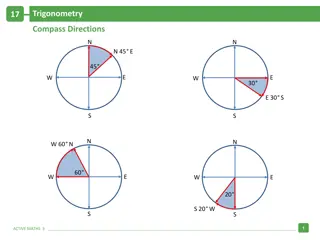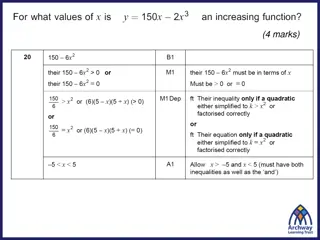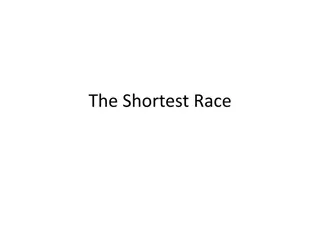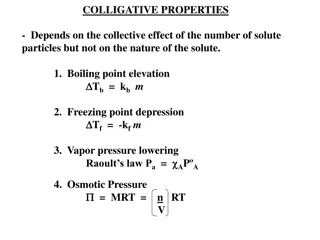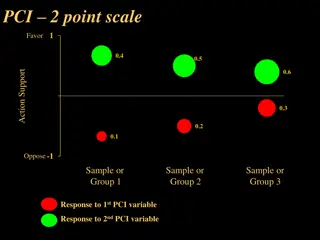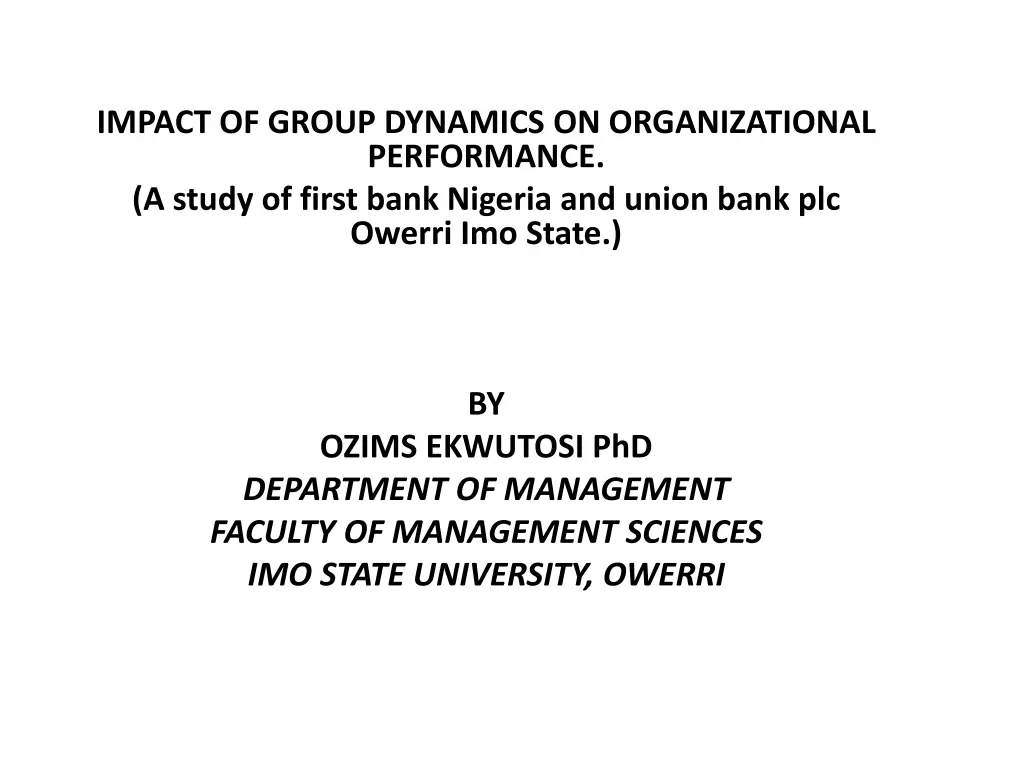
Impact of Group Dynamics on Organizational Performance in Nigerian Banks
This research explores the impact of group dynamics on organizational performance at First Bank Nigeria and Union Bank Plc in Owerri, Imo State. Findings suggest that group structure, adherence to roles and norms, and other factors enhance market share, service quality, and cost reduction. Recommendations include developing group norms and regulations to guide employee activities towards organizational goals.
Download Presentation

Please find below an Image/Link to download the presentation.
The content on the website is provided AS IS for your information and personal use only. It may not be sold, licensed, or shared on other websites without obtaining consent from the author. If you encounter any issues during the download, it is possible that the publisher has removed the file from their server.
You are allowed to download the files provided on this website for personal or commercial use, subject to the condition that they are used lawfully. All files are the property of their respective owners.
The content on the website is provided AS IS for your information and personal use only. It may not be sold, licensed, or shared on other websites without obtaining consent from the author.
E N D
Presentation Transcript
IMPACT OF GROUP DYNAMICS ON ORGANIZATIONAL PERFORMANCE. (A study of first bank Nigeria and union bank plc Owerri Imo State.) BY OZIMS EKWUTOSI PhD DEPARTMENT OF MANAGEMENT FACULTY OF MANAGEMENT SCIENCES IMO STATE UNIVERSITY, OWERRI
ABSTRACT This research has examined the impact of group dynamics on organizational performance. The objectives, research questions as well as hypotheses. Various literatures were reviewed. The study adopted a survey approach in its design and the questionnaire was the major tool for data gathering. The data gathered were presented with percentage and analysed with Analysis of Variance (ANOVA). The findings revealed that group structure, adherence to group roles and norms, enhance market share, service quality as well as cost reduction. Based on the findings, the researcher recommends that organizations should develop group norms, rules and regulation to guide the activities of group members in work environment. This will help to make the employee adhere to their organizational goals. Keywords: group dynamics, organizational performance, group structure, roles, norms, market share, service quality and cost reduction. study formulated three
Background of the Study It is a well-known truth that corporations are made up of several types management, shareholders, employees, partners, creditors, and a variety of others. This group of employees performs different but connected tasks to ensure the organization's survival, excellent performance, and attainment of its goals. In fulfilling their functions, each of these types of persons in the organization form a different group, i.e., employees, management, organizational members are groups that work toward the fulfillment of organizational objectives in their own unique and connected ways. of people, including and other
Statement of the Problem Empirical evidences have proven that there is a relationship between organizational performance, however, studies have not been able to ascertain how group dynamics in the area of group structure, group role and group norms affects market share, cost reduction and service quality of organization. This study has filled the gap by establishing these variables and determining the relationship that exist between them. group dynamics and
Objectives of the Study The general objective of this study is to examine the impact of group dynamic on organizational performance in Nigeria. The specific objectives include: i. To determine how group structure of a firm affects its market share. ii. To evaluate how organization impacts on cost reduction. iii. To determine how group norms improves services/product quality. group roles in
Research Questions In line with the above objective of the study, the following research questions were formulated to guide the study: i. What is the impact of group structure on market share of a firm? ii. How does group roles in organization bring about cost reduction? iii. What is the impact of group norms in improving services/product quality?
Research Hypotheses In line with our research objectives and questions, the following hypotheses guided the study: Hypothesis one H01: There is no significant relationship between group structure of a firm and its market share. Hypothesis Two H02: There is no significant relationship between group roles and cost reduction in organization. Hypothesis three: HO3: There is no significant relationship between group norms and improved services/product quality.
Scope of the Study The unit scope of this study focused on the impact of group dynamics on organizational performance. The geographic scope is focused First Bank Nigeria plc and Union Bank Owerri Imo State while the staff of the above banks in their headquarters in Owerri Imo State was used for the study.
REVIEW OF RELATED LITERATURE The study reviewed the literature based on conceptual, theoretical as well as empirical review. The conceptual review examined the concept and Nature of Group and Group Dynamic. The theoretical review examined the Key Points Of Group Dynamic Theory Agulanna and Madu (2009); Ebele (1990), Abba et al (2004) and Rizo (2010) identified the followings: Groups under conditions of positive interdependence were generally more co-operative and tend to be productive as compared to those working under negative task. Democracy must be learned anew in each generation, and that it is a far more difficult form of social structure to attain and to maintain than is autocracy. The difference in behaviour in autocratic, democratic and laissez-faire situations is not, on the whole, a result of individual differences. Democracy cannot be imposed on people, but has to be learnt by a process of voluntary and responsible participation. Change and periods of transition needs to be facilitated and guided. Motivation for change must be generated before change can occur. Participants must be helped to re-examine many cherished assumptions about self, relationships and the group as part of the process.
Empirical review The impact of informal groups on organizational performance was investigated by Ogohi (2016). The goal of this research is to figure out why employees create informal groups. Gap in Literature The study on group dynamics and organizational performance has been examined by several scholars. However, the this study examined those variables which were not discussed by scholars like group structures, group role and group norms as well as market share, cost reduction and service quality. Also the study filled the gap by examining the group dynamics using deposit money banks.
METHODOLOGY Research Design Survey research design was adopted by the researcher. This design was used to determine the impact of group dynamic on organizational performance in the Nigerian banks. Population of the Study The population of this study is therefore made up of the entire staff of First Bank and Union Bank Plc all in bank road Owerri Imo State. First bank has a total of 36 staff and Union bank has a total of 24 staff in their headquarters in Owerri Imo State. Therefore the population of this study is made up of the 60 staff in the two selected banks in Owerri Imo State. Sample Size The sample size is mathematically derived using the Yaro Yamen s formula and was generated as 52
Sources of Data. The questionnaire served as the primary data for this study. It was used to enhance the scientific nature of the study. Primary data was also used to minimize confusion and reduce time waste. Method of Data Analysis In this study, the researcher percentage and ANOVA to analyze the data collected. Simple percentage determine the respondents percentage responses in any of the questions, while analysis of variance (ANOVA) was used to test the hypothesis. used simple was used to
Test of Hypotheses The computation from the analysis showed the critical value is less than the calculated value (that is 3.24 is less than 7.8) which means that the calculated value is greater, therefore, we reject the null hypothesis (Ho) and accept the alternative hypothesis (H1) and conclude that there is significant relationship between group structure of a firm and its market share. The computation from the analysis showed the critical value is less than the calculated value (that is 3.24 is less than 0.96) which means that the calculated value is lesser, therefore, we reject the alternative hypothesis (H1) and accept the null hypothesis (Ho) and conclude that there is no significant relationship between group roles and cost reduction in the organization. The computation above showed the critical value is less than the calculated value (that is 3.24 is less than 7.8) which means that the calculated value is greater, therefore, we reject the null hypothesis (Ho) and accept the alternative hypothesis (H1) and conclude that there is significant relationship between services/product quality. group norms and improved
Conclusion The study concluded that Nigerian organization could improve productivity by giving more consideration to the human element of the firm. It has been tested and proved that effective groups dynamic can increase productivity performance. Enlightened managers utilize this fact for more efficient running of their organization. More consultation of the groups by the management should be encouraged and suggestions made by the workers be utilized as this motivates the workers more for greater performance. Recommendations i. Organizational management should also appreciate the fact that the intense team spirit (espirit de corpse) that is characteristics of groups is a good motivator to increase workers performance. ii. Organizations should develop regulation to guide the activities of group members in work environment. This will help to make the employee adhere to their organizational goals. through employee high group norms, rules and






